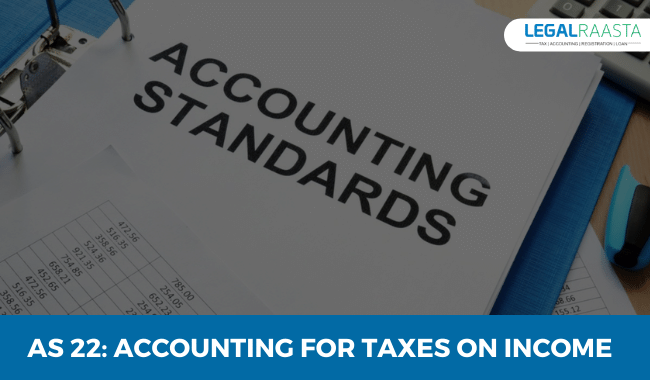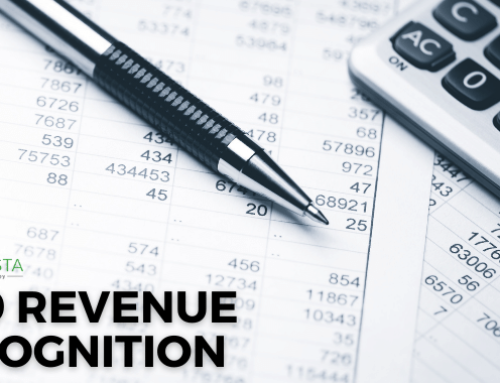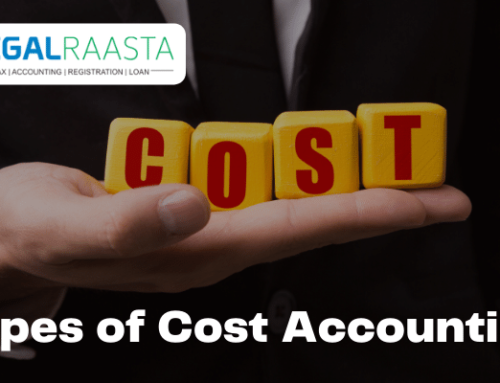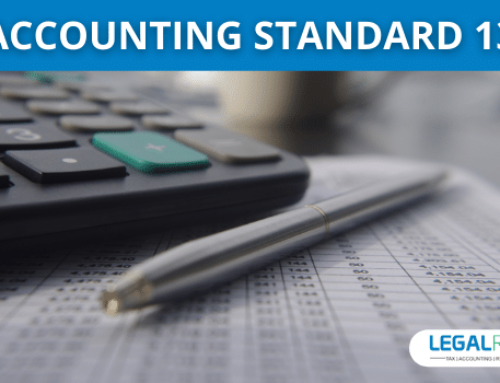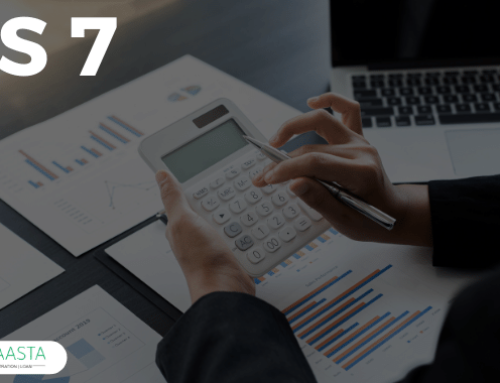The ICAI has established Accounting Standard AS 22 for the purpose of accounting for income taxes. AS 22 is used to reconcile the disparities between taxable and accounting income. 1. Accounting income is the net profit before taxes recorded in the profit and loss statement for a certain period. 2. Taxable income is income that is subject to income tax, as determined by the terms of the Income Tax Act of 1961 and Rules.
Differences in types and why they emerge
Contents
There are two types of differences:
Timing difference
Accounting and taxable income variances that can be rectified in one or more later periods are known as timing differences. For example, depreciation is allowed when computing taxable income using the WDV technique and accounting income using the SLM method.
Permanent difference
Permanent discrepancies are those that cannot be reversed in a subsequent period between accounting and taxable income. For example, a cash donation is rejected while calculating taxable income but is accepted as an expense when calculating accounting income. Because of the following factors, there may be discrepancies between accounting and taxable income:
- Expenses that are debited in the profit and loss statement but are disallowed in the computation of taxable income under the Income Tax Act of 1961.
- Provision for debts is allowed when calculating accounting income but not while calculating taxable income.
- Depreciation is charged at varying rates under the Companies Act 2013 and the Income Tax Act 1961.
- Any income that is recognised on an accrual basis in the profit and loss statement but is recorded on a receipt basis for calculating taxable income in a subsequent period. AS 22 must be used in order to account for these kinds of changes.
When to apply AS 22 Accounting for Taxes on Income
When there are discrepancies between taxable and accounting income, AS 22 must be used. If taxable income exceeds accounting income, a deferred tax asset will be created. In addition, if accounting income exceeds taxable income, there will be a deferred tax liability.
When the difference results in a deferred tax asset, it should be recognised only when the possibility of realisation is plausible. The recognition of a deferred tax asset should be limited to the degree of reasonable assurance that the asset will be realised. Making realistic forecasts of future profits based on the review of profits and loss statements from previous periods can identify the reasonable certainty.
Assume an entity has unabsorbed depreciation or losses carried forward. In this scenario, the deferred tax asset should be recognised to the degree that there is a virtual certainty backed up by compelling evidence.
Difference between As 22 and IND As 12
| Basis | As 22 | IND As 12 |
| Recognition
|
The tax effect of disparities between taxable and accounting income was acknowledged by AS 22 | Differences between assets and/or liabilities and their tax base are recognised under IND AS 12. |
| Approach
|
-The profit or loss statement approach is used in AS 22 |
The balance sheet approach is used in IND AS 12. |
| Differences
|
AS 22 applies to two types of differences: timing differences and permanent differences.
|
IND AS 12 applies to two sorts of differences: taxable temporary differences and deductible temporary differences. This standard does not address permanent changes. |
| Deferred tax asset/deductible temporary differences are recognised.
|
Only when and to the degree that there is a reasonable certainty of its realisation is DTA recognised | Deductible temporary differences are recognised to the extent that future periods are likely to provide taxable earnings. |
| Disclosure
|
The disclosure of DTA/DTL in the balance statement is covered by AS 22.
|
IND AS 12 deals with the profit and loss statement’s identification of current or deferred tax as income or expense. It also covers the disclosure of out-of-profit-and-loss transactions as current or non-current assets/liabilities on the balance sheet. |
| Revaluation of assets
|
The discrepancy between taxable and accounting income as a result of asset revaluation is not covered by AS 22.
|
The disparity between carrying the amount of a revalued asset and its tax base is dealt with by IND AS 12. |
| Goodwill
|
The difference originating from goodwill emerging from a business combination is not covered by AS 22 | According to IND AS 12, the taxable temporary difference is the difference between carrying the amount of goodwill and its tax basis (which will be NIL). It does not allow for the recognition of such a difference since goodwill is calculated as a residual, and its acknowledgment would raise the goodwill carrying amount. |
| The concept of virtual certainty
|
When a corporation has unabsorbed depreciation or losses carried forward, the deferred tax asset should be to the degree that there is a virtual certainty backed up by convincing evidence | In IND AS 12, there is no idea of virtual certainty. Deductible temporary differences are recognized to the degree that future periods are likely to provide taxable gains |
| Tax holiday
|
AS 22 expressly gives guidance about recognition of deferred tax in the cases of Tax Holiday under Sections 80-IA, 80-IB, 10A and 10B of Income-tax Act | IND AS 12 does not deal particularly with tax holiday scenarios. |
| Capital Loss
|
Under the heading of ‘capital gains,’ AS 22 gives instructions on recognising DTA in the event of a loss | IND AS 12 does not expressly state that this is the case. |
IFRIC 23
Uncertainty regarding Income Tax Treatments is also addressed in IFRIC 23. It requires an entity to treat uncertain tax treatments differently depending on which method is optimal for resolving them. The main difference between AS 22 and IFRIC 23 is that IFRIC 23 requires an organisation to determine whether it is likely that the taxation authority will accept an uncertain tax treatment when determining current and deferred income tax assets and liabilities.
If it isn’t likely, the entity should express that uncertainty using either the expected value or most likely approach. For yearly reporting periods beginning on or after January 1, 2019, IFRIC 23 will apply.
Related Posts
AS 7 – Construction Contracts
AS 19 – Leases
AS 15 :Employee Benefits
AS 10 : Accounting standard on Property, Plant and Equipment

